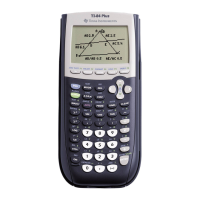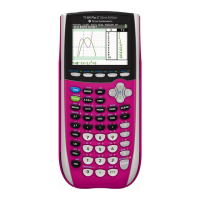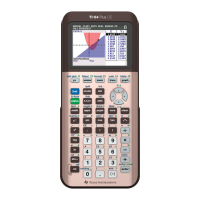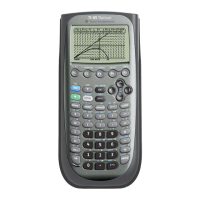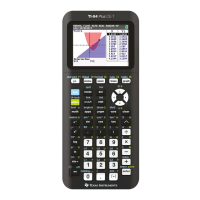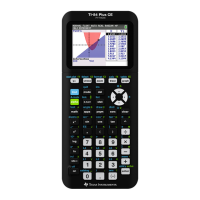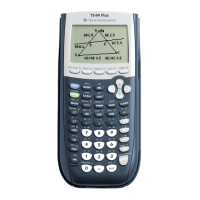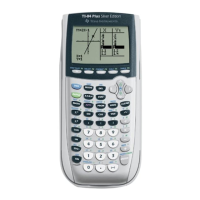Chapter 3: Application Development Process 123
TI-83 Plus Developer Guide Third Release May 28, 2002
The Hello Application
TI has provided a sample application called Hello. The source for this application is in
the file hello.asm. Open this file in a text editor and look at it to get a general idea of the
main structural elements. The following sections address these elements.
Accessing System Resources
The program begins by including the TI83plus.inc file. This file is provided by TI. This file
includes constant definitions, macros, and system routine entry point definition needed
to use system resources.
Application Headers
The most unique thing about the TI-83 Plus application source code is the long set of
data that begins the file. This data is known as the application header. The application
header contains information used by the calculator operating system when the user tries
to run the application. The operating system uses this information to determine the app
name and whether a user is permitted to use it. A valid header must be present as the
first data in the source file, prior to any executable statement, in order for the app to run
properly.
Header Creation
The header in the hello.asm file can be used for any single page application.
Calling System Routines
On the TI-83 Plus there are a number of built-in system routines available for an
application to use. These routines can not be called directly using the standard Z80 call
instruction. In order to call a system routine, you must use a statement of the form:
B_CALL routine
In this example, routine is the name of any system routine. B_CALL is a macro defined
in the system include file.
Accessing System Variables
Certain fixed locations in RAM are defined for system code usage. The contents of
these locations typically affect some standard system behavior. System routines
sometimes use the variables, so they are in effect parameters to the system calls. To
access one of these variables, you use its symbolic name (e.g., curRow). The variable
names are defined in the system include file, TI83plus.inc.
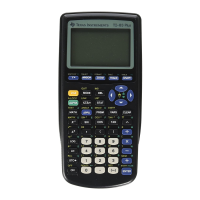
